Table of Contents
Yoga is a journey of self-discovery, a practice that transcends physical boundaries and delves into the realms of mental and spiritual well-being. Among the myriad of yoga poses, one-legged yoga poses stand out for their ability to challenge both the body and mind, fostering balance, strength, and concentration. In this article, we delve into the enriching world of one-legged yoga poses, exploring their benefits, variations, and tips for mastering them. one legged yoga poses
let’s explore
Benefits of One Legged Yoga Poses
Improved balance and stability
One legged yoga poses require practitioners to find stability on a single leg, thereby enhancing proprioception and balance. Through consistent practice, individuals develop a heightened sense of body awareness, which can be beneficial in daily activities and sports.
Strengthening of leg muscles
The dynamic nature of one legged yoga poses engages various muscles, including the quadriceps, hamstrings, calves, and glutes. As these muscles work synergistically to maintain balance, they become stronger and more resilient over time.
Enhanced focus and concentration
Balancing on one leg necessitates unwavering focus and concentration, as even the slightest distraction can lead to loss of balance. By honing these mental faculties on the yoga mat, practitioners cultivate mindfulness that extends beyond their practice into everyday life.

Precautions Before Attempting One Legged Yoga Poses
Before embarking on the journey of one legged yoga poses, it is essential to take certain precautions to ensure a safe and rewarding experience.
Consultation with a healthcare professional
Individuals with pre-existing medical conditions or injuries should seek guidance from a healthcare professional before attempting one-legged yoga poses. This step is crucial in assessing any contraindications and devising a suitable practice plan.
Warm-up exercises
Prior to practicing one-legged yoga poses, it is advisable to engage in a series of warm-up exercises to prepare the body for the physical demands ahead. This may include gentle stretches, joint mobilization, and breathing techniques to awaken the muscles and increase circulation.
Use of props for support
For beginners or those with limited flexibility, the use of props such as yoga blocks, straps, or a wall can provide additional support and stability during one-legged yoga poses. These props assist in maintaining proper alignment and prevent overexertion.
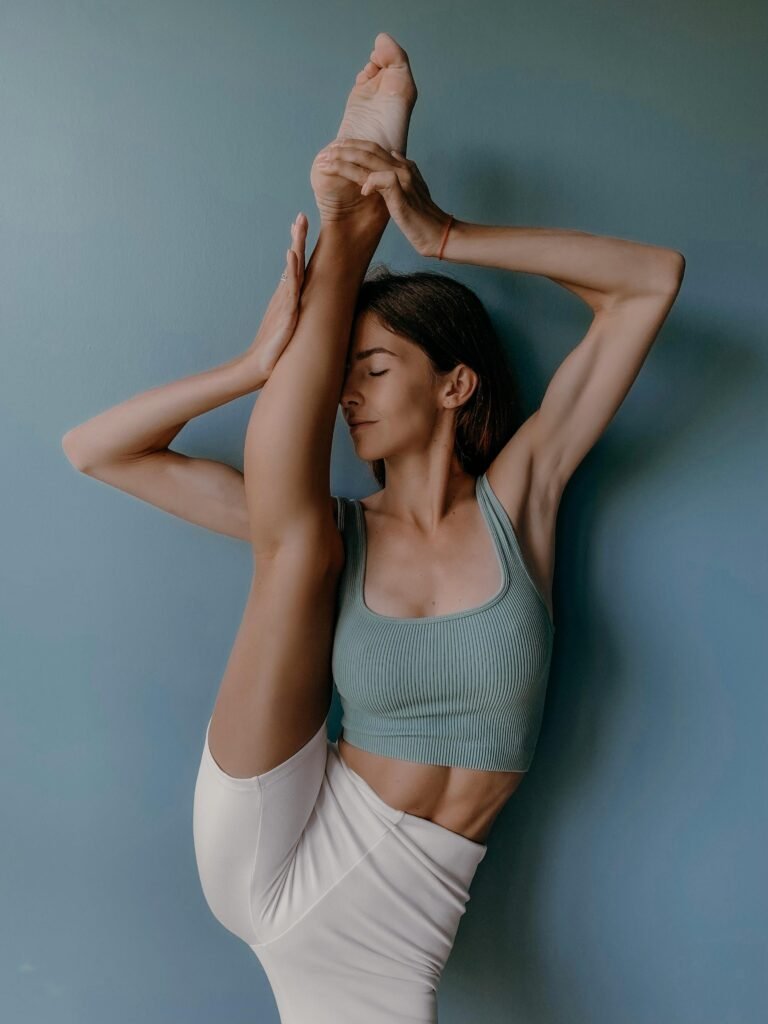
READ ABOUT “Crescent Moon Yoga Pose: Variations, Tips, Benefits and Techniques” CLICK
Top One Legged Yoga Poses for Beginners
Tree Pose (Vrksasana)
Tree Pose is a foundational yoga pose that promotes balance, stability, and concentration. To practice, stand tall with feet hip-width apart, shift weight onto one leg, and place the sole of the opposite foot either above or below the knee, avoiding the knee joint. Bring hands to heart center or extend them overhead, finding a focal point to enhance balance.
Warrior III Pose (Virabhadrasana III)
Warrior III Pose is a dynamic standing pose that strengthens the legs, core, and shoulders while improving balance and focus. Begin in Mountain Pose, then shift weight onto one leg while extending the other leg straight back, parallel to the ground. Simultaneously, hinge at the hips to bring the torso and extended leg into a horizontal line. Arms can reach forward or extend alongside the body for balance.
Extended Hand-To-Big-Toe Pose (Utthita Hasta Padangusthasana)
Extended Hand-To-Big-Toe Pose challenges balance and flexibility while strengthening the legs and core. Start in Mountain Pose, then shift weight onto one leg and lift the opposite foot off the ground. Using a yoga strap or hand, grasp the big toe of the lifted foot and extend the leg forward, keeping both hips level. Engage the core and lengthen the spine, finding stability through breath and focus.
Intermediate and Advanced One Legged Yoga Poses
Eagle Pose (Garudasana)
Eagle Pose is a complex standing pose that requires strength, flexibility, and concentration. Begin in Mountain Pose, then cross one leg over the other thigh, wrapping the foot around the calf if possible. Simultaneously, extend the arms forward and cross one elbow over the other, bringing the palms together in front of the face. Sink hips low and engage the core to find stability in this challenging posture.
Half Moon Pose (Ardha Chandrasana)
Half Moon Pose is a dynamic balancing pose that opens the hips, hamstrings, and shoulders while improving coordination and focus. From a standing position, transition into Triangle Pose (Trikonasana), then bend the front knee slightly and shift weight onto the front foot. Begin to lift the back leg off the ground, simultaneously extending the top arm toward the sky and gaze upward. Stack hips and shoulders to find stability in this expansive posture.
Standing Splits Pose (Urdhva Prasarita Eka Padasana)
Standing Splits Pose is an advanced standing pose that requires flexibility, strength, and control. From a standing position, hinge forward at the hips while lifting one leg toward the sky, keeping both hips square to the ground. Engage the standing leg and core muscles to support the lifted leg, allowing the torso to fold deeper with each exhale. Use blocks or fingertips for support if needed, finding length and extension through the entire body.
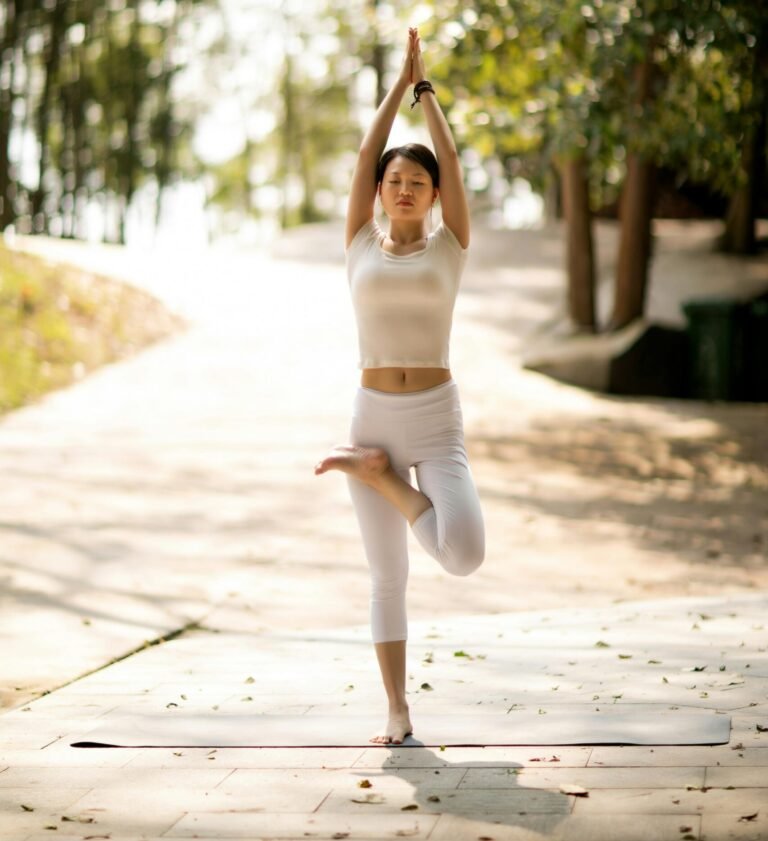
Tips for Improving Balance in This Yoga Poses
Focus on a fixed point
Maintaining a steady gaze on a fixed point (drishti) helps to anchor the mind and enhance balance in one-legged yoga poses. Choose a focal point that is slightly above eye level and softly gaze at it throughout the pose, allowing peripheral vision to expand awareness.
Engage core muscles
A strong and activated core acts as a stabilizing force in one-legged yoga poses, supporting the spine and pelvis while promoting proper alignment. Draw the navel toward the spine and engage the abdominal muscles throughout the practice to create a stable foundation from which to balance.
Relax and breathe deeply
Tension and shallow breathing can hinder balance and stability in one-legged yoga poses. Focus on maintaining a steady breath pattern, inhaling deeply through the nose and exhaling fully through the mouth. Allow the breath to guide movement and release any unnecessary tension in the body.
Common Mistakes to Avoid in One Legged Yoga Poses
Forcing the stretch
Pushing beyond your limits in 1 legged yoga poses can lead to strain or injury. Instead of forcing the stretch, focus on finding a sensation of gentle resistance and breathing into it. Honor your body’s boundaries and gradually progress over time with consistent practice.
Neglecting proper alignment
Misalignment in 1 legged yoga poses can compromise stability and increase the risk of injury. Pay attention to the alignment cues provided by instructors or visual aids, ensuring that joints are stacked and muscles are engaged to support the body safely.
Overexertion leading to injury
Attempting advanced variations of 1 leg yoga poses without adequate preparation or supervision can result in overexertion and injury. Listen to your body’s signals and respect its limitations, gradually progressing at a pace that feels sustainable and safe.

Modifications and Variations of One-Legged Yoga Poses
Using a wall or chair for support
Beginners or those working with limited mobility can benefit from using a wall or chair for support in one legged yoga poses. Positioning the hand or fingertips lightly against a stable surface provides additional stability and confidence while exploring the pose.
Using a yoga block for balance
Placing a yoga block under the hand or fingertips in one legged yoga poses offers support and assists in maintaining proper alignment. Adjusting the height of the block allows practitioners to customize the level of support based on their individual needs and abilities.
Exploring different arm variations
Experimenting with different arm variations in one legged yoga poses adds a creative element to the practice while engaging additional muscle groups. From extended arms to bound poses, varying arm positions can enhance stability, balance, and overall body awareness.
Incorporating One Leg Yoga Poses into Daily Practice
Setting realistic goals
Approach the practice of one-legged yoga poses with patience and humility, setting realistic goals based on your current level of experience and physical abilities. Celebrate progress, no matter how small, and trust in the transformative power of consistent effort over time.
Practicing regularly with patience
Consistency is key in mastering one-legged yoga poses, as progress often comes gradually with dedicated practice. Set aside time each day to explore these poses mindfully, honoring the body’s needs and allowing space for growth and exploration.
Listening to the body’s cues
Above all, listen to your body’s wisdom and intuition as you navigate the world of one-legged yoga poses. Tune into sensations of discomfort or resistance, adjusting your practice as needed to ensure a safe and nourishing experience for body, mind, and spirit.
FAQ
Most frequent questions and answers
One-legged yoga poses offer numerous benefits, including improved balance, strengthened leg muscles, enhanced focus, and mental clarity. Regular practice can also help prevent injuries and improve overall physical and mental well-being.
Yes, many one-legged yoga poses can be modified to suit beginners’ needs and abilities. It is essential to start slowly, listen to your body, and work with a qualified yoga instructor to ensure proper alignment and safety.
Improving balance in one-legged yoga poses requires practice, patience, and mindfulness. Focus on engaging core muscles, maintaining a steady breath, and using props or support as needed to find stability and confidence in each pose.
Yes, certain one-legged yoga poses can be beneficial for injury rehabilitation, as they help strengthen muscles, improve range of motion, and promote healing. However, it is essential to consult with a healthcare professional before beginning any new exercise regimen, especially if recovering from an injury..
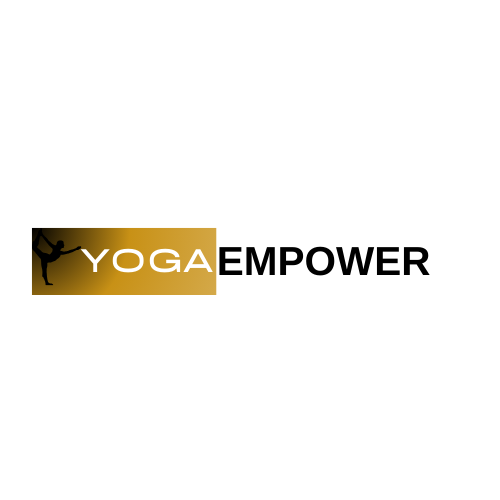
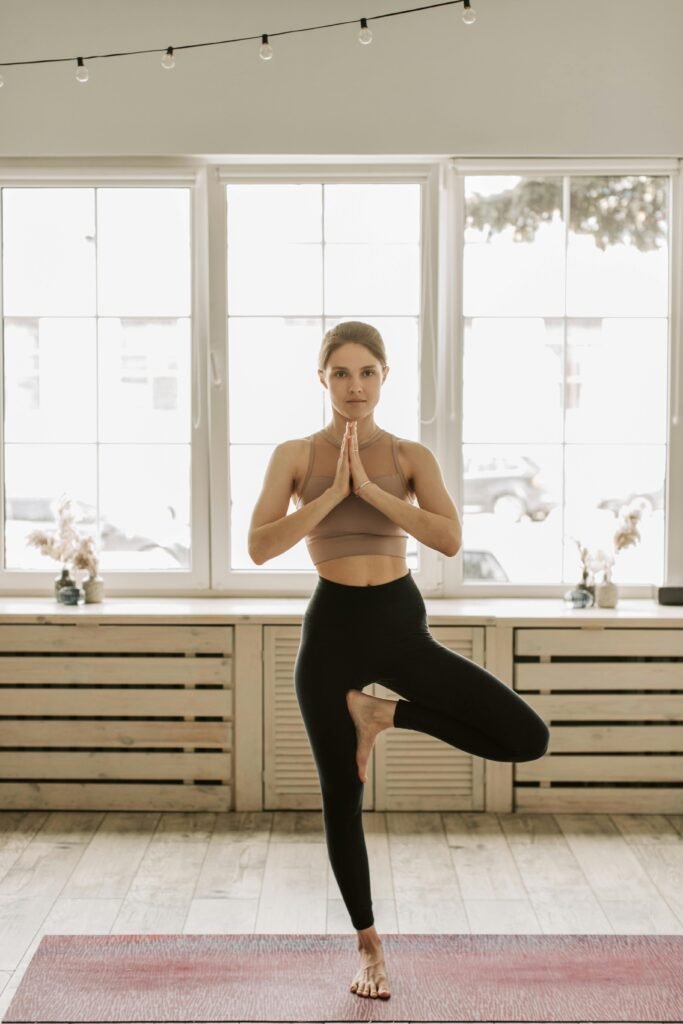
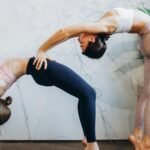

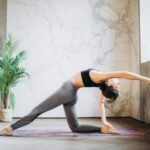
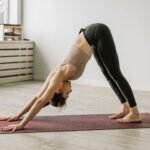


[…] READ ABOUT “One Legged Yoga Poses: Variation, Benefits, Tips and Guide” CLICK […]